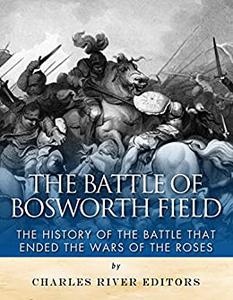 The Battle of Bosworth Field: The History of the Battle that Ended the Wars of the Roses by Charles River Editors
The Battle of Bosworth Field: The History of the Battle that Ended the Wars of the Roses by Charles River EditorsEnglish | April 11, 2015 | ISBN: 1511679506 | 61 pages | EPUB | 1.63 Mb
*Includes pictures *Includes online resources and a bibliography for further reading *Includes a table of contents "Near this spot, on August 22nd 1485, at the age of 32, King Richard III fell fighting gallantly in defence of his realm & his crown against the usurper Henry Tudor." Today, roses are a sign of love and luxury, but for over 30 years, they provided the symbols for two houses at war for control of England. Thousands of people died and many more were injured fighting beneath the white rose of York and the red rose of Lancaster, and the noble families ruling England tore each other apart in a struggle that was as bitter as it was bloody. Though what followed was a period of strong rule under the Tudors monarchs, it ultimately came at a terrible cost, and even then, it was through Elizabeth of York that the Tudor line received its legitimacy. After all, while Henry VII won his throne in battle, Elizabeth of York was the daughter of King Edward IV of England, a Yorkist monarch. Few battles in English history are as famous as Bosworth Field. Fought on August 22, 1485, it was the one which decided the outcome of that long and messy conflict. English king Richard III, who had only recently taken the throne, had superior numbers at the battle, but an army fighting under future king Henry VII proved to have the better fighters. When forces near the field under Lord Stanley sided with Henry during the battle, they surrounded and killed Richard. The last York King went down fighting, but as news of the king's death spread, his army turned and ran, and with that, Henry Tudor was now King Henry VII. Immortalized in drama by William Shakespeare and in comedy by Rowan Atkinson and Richard Curtis, the Battle of Bosworth Field has been a mainstay of British culture since the day it was fought. Meanwhile, excitement over the real history of the period reached a peak in late 2012 and early 2013 when Richard III's long-lost remains were found by archaeologists. The once proud king, who fell on the field at Bosworth, was found beneath a parking lot after the church in which he had been buried was destroyed. This provoked a new rash of books about Richard, as well as a dispute over where his remains should be reburied. Centuries later, passions can still run high about the conflict. The Wars of the Roses are brought more literally to life by the hundreds of people who dress up in military costumes of the period and refight its battles in displays every summer. Both politically dramatic and visually interesting, the Wars of the Roses are one of the most popular periods for British reenactments. However, the most popular cultural response to the Wars of the Roses is not a work of history or historical fiction but one of fantasy; George R R Martin's Game of Thrones books, and their TV adaptation, are hugely influenced by the Wars of the Roses. Martin has taken the core of the conflict - a political and personal struggle between two medieval dynasties - and depicted it on an epic scale. Though his version contains monsters and magic, it also contains many incidents based on those of the war, as well as characters based on its protagonists, most notably the noble houses of Stark and Lannister. The Wars of the Roses may have ended centuries ago, but they clearly remain fascinating to this day. The Battle of Bosworth Field: The History of the Battle that Ended the Wars of the Roses traces the history that led to Bosworth, and the battle that brought the Tudors to power. Along with pictures of important people, places, and events, you will learn about the Battle of Bosworth Field like never before, in no time at all.
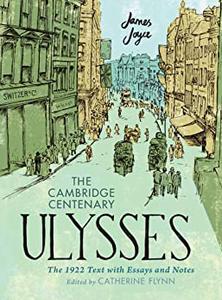


![S.T.A.L.K.E.R. 2 / STALKER 2: Heart of Chornobyl - Ultimate Edition (2024) [+UPDATE 23.12.2024 - v1.1.3] ElAmigos / Polska wersja językowa](https://i.postimg.cc/Zqd8RWGY/UZG8PBE.jpg)




































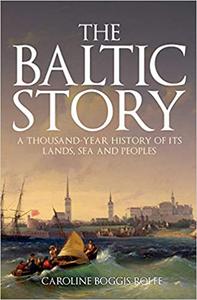

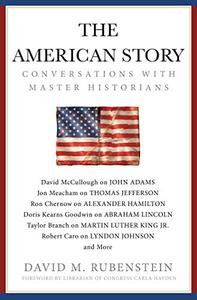

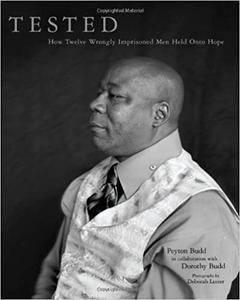
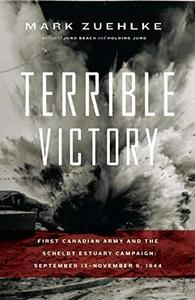

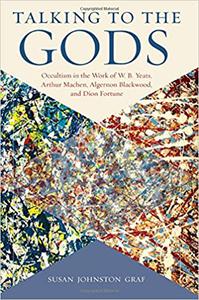







![David Gilmour - Luck and Strange (2024) [FLAC]](https://i.imgur.com/everaBc.jpeg)
![Męskie Granie Orkiestra - Męskie Granie 2024 (2024) [FLAC]](https://i.imgur.com/FAyOxrM.jpeg)
![The Rolling Stones - Hackney Diamonds (2023) [FLAC]](https://i.imgur.com/wCkyyUN.jpg)
![Lady Gaga - Harlequin (2024) [FLAC]](https://i.imgur.com/dcgIA8D.jpeg)
![Natalia Kukulska - Dobrostan (2024) [FLAC]](https://i.imgur.com/bdljG3O.jpeg)
![Kaśka Sochacka - Ta druga (2024) [FLAC]](https://i.imgur.com/hORQKvn.jpeg)
![Kuba Sienkiewicz - Pani Bóg (2024) [FLAC]](https://i.imgur.com/qijCx8Z.jpeg)
![Lanberry - Heca (2024) [FLAC]](https://i.imgur.com/8P7QfeR.jpeg)
![Sara James - PLAYHOUSE (2024) [FLAC]](https://i.imgur.com/m4f8OKg.jpeg)
![Grzegorz Hyży - EPILOG (2024) [FLAC]](https://i.imgur.com/8DA2sBr.jpeg)
![Myslovitz - WIECZORAMI CHŁOPCY WYCHODZĄ NA ULICE (2024) [FLAC]](https://i.imgur.com/l9mMtIG.jpeg)
![Krzysztof Zalewski - ZGŁOWY (2024) [FLAC]](https://i.imgur.com/vh48RAc.jpeg)
![Krzysztof Cugowski - Wiek to tylko liczba (2024) [FLAC]](https://i.imgur.com/SBzgqe2.jpeg)
![Nosowska - Kasia i Błażej (2024) [FLAC]](https://i.imgur.com/mObvVXQ.jpeg)
![sanah - Pianinkowe Kaprysy (2024) [FLAC]](https://i.imgur.com/pVjjPAa.jpeg)
![Kwiat Jabłoni - Pokaz slajdów (2023) [FLAC]](https://i.imgur.com/diERHfZ.jpg)
![Robert Cichy - Spacer po Warszawie (2024) [FLAC]](https://i.imgur.com/ixleU9o.jpeg)
![Viki Gabor - Terminal 3 (2024) [FLAC]](https://i.imgur.com/Q1KCnDs.jpeg)
![Sanah - Kaprysy (2024) [FLAC]](https://i.imgur.com/71OZm4h.jpeg)
![Męskie Granie Orkiestra - Męskie Granie 2023 (2023) [FLAC]](https://i.imgur.com/U4YHo8d.jpg)




